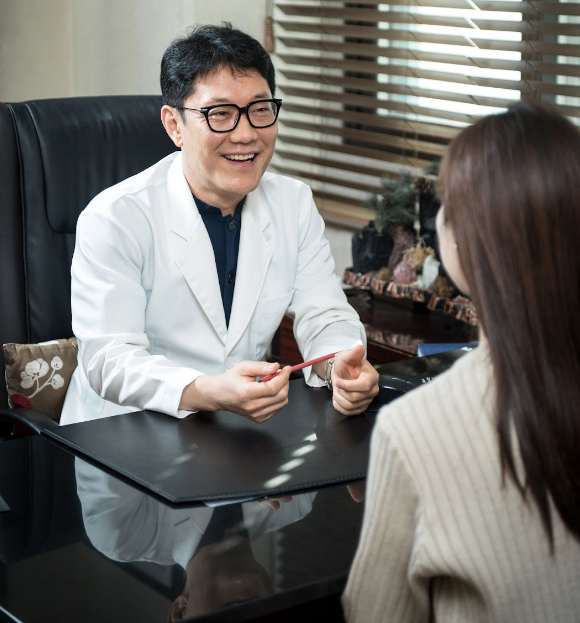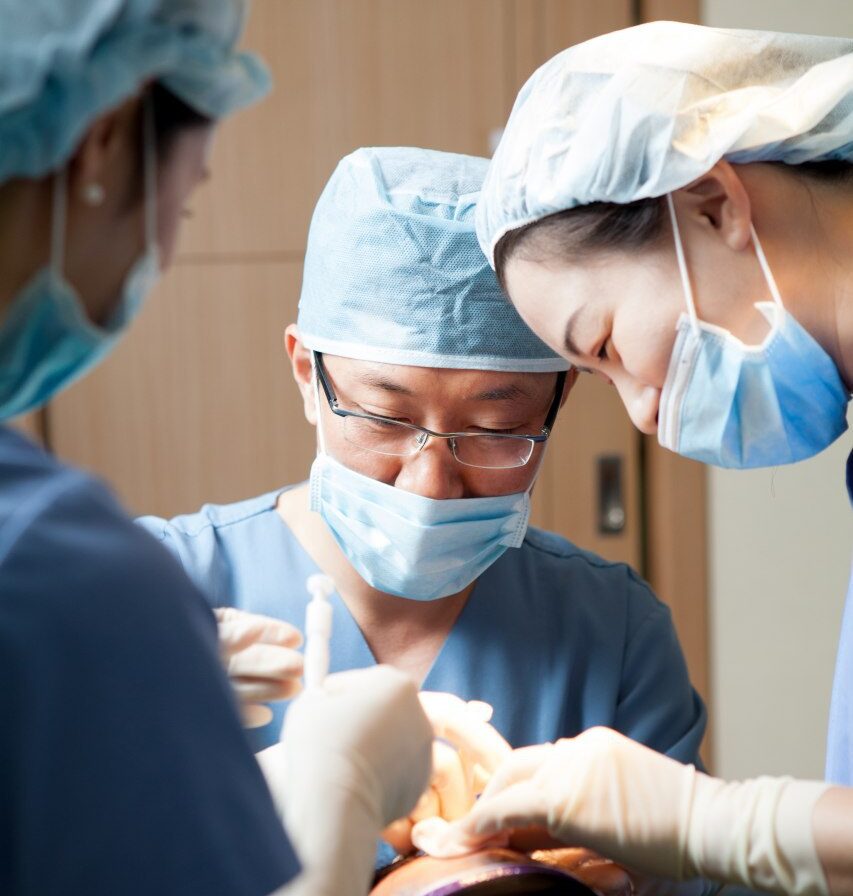Platelet-Rich Plasma (PRP)
The Science Behind Non-Incisional Ultrasound

Are you struggling with hair loss? Feeling self-conscious about thinning strands or bald patches? If so, you’re not alone. Hair loss affects millions of people worldwide, causing distress and impacting self-esteem. But what if there was a natural, non-invasive way to restore your hair’s vitality and abundance?
For both men and women, experiencing hair loss can be upsetting and frequently results in low self-confidence and self-esteem. To stop hair loss and restore one’s natural hairline, hair transplant surgery has become a well-liked and efficient treatment option. The combination of Platelet-Rich Plasma (PRP) therapy with hair transplant operations has attracted a lot of interest recently. PRP is a medical procedure that improves the results of hair restoration by utilizing the body’s natural healing ability. This in-depth study will examine the science behind PRP treatment in hair transplants, as well as its advantages, and overall effectiveness.
Understanding Hair Loss
Understanding the underlying reasons for hair loss is crucial before delving into the area of PRP treatment for hair transplants. Genetics, hormonal imbalances, stress, drugs, and medical disorders are just a few of the causes of hair loss. Androgenetic alopecia, often known as male or female pattern baldness, is the most prevalent kind of hair loss and is mostly inherited.
What is Platelet-Rich Plasma (PRP)?

A non-surgical, minimally invasive medical therapy called Platelet-Rich Plasma (PRP) treatment for hair is used to stop hair loss and promote new hair development. The steps involved are as follows:
- Blood Collection: Similar to a standard blood test, a small amount of the patient’s blood is taken, typically from the arm.
- Centrifugation: After the blood has been drawn, it is put in a machine that rapidly spins to divide it into the various parts from which the PRP is extracted as a concentrated solution.
- Activation: To cause the release of growth factors from the platelets, an activating substance, usually calcium chloride, is given after the PRP has been isolated.
- Injection into the Scalp: The activated PRP is carefully injected into the regions of the scalp where hair loss or thinning is a concern. To efficiently target hair follicles, the injections are strategically given.
- Healing and Hair Growth Stimulation: Growth factors and other bioactive components in PRP accelerate tissue healing, boost blood flow to the scalp, and nourish hair follicles. This procedure can improve the quality of the hair, stimulate dormant hair follicles to grow new, healthier hair, and delay the development of hair loss.
PRP therapy is frequently utilized as part of an all-encompassing strategy for hair regeneration, and many treatments could be advised to get the best results. Due to its potential to increase hair density and quality, it is well tolerated, has a short recovery period, and is growing in popularity.
Science Behind PRP
Platelet-rich plasma (PRP) therapy for hair loss is based on the principle that platelets, the blood cells responsible for clotting and tissue repair, contain growth factors that can stimulate hair growth. When PRP is injected into the scalp, the growth factors are released and bind to receptors on hair follicle cells. This binding activates the hair follicle cells and promotes hair growth.
These factors help to create a favorable environment for hair growth by:
- Providing a scaffold for hair follicle cells to attach to
- Attracting other cells to the hair follicles
- Promoting angiogenesis (the formation of new blood vessels)
PRP therapy is a relatively new treatment for hair loss, and there is still some debate about its effectiveness. However, there is a growing body of evidence that suggests that PRP therapy can be effective in promoting hair growth in people with androgenetic alopecia (pattern baldness), telogen effluvium (stress-related hair loss), and alopecia areata (patchy hair loss).
Benefits of PRP Treatment in Hair Transplants
- Enhanced Healing: PRP therapy encourages quicker recovery of the transplanted hair follicles, lowering the chance of graft failure and infection.
- Improved Hair Growth: Dormant hair follicles are stimulated by the growth factors in PRP, which encourage them to develop new, healthier hair.
- Reduced Hair Loss: PRP has been demonstrated to delay the process of hair loss in non-transplanted areas, which can aid in maintaining a constant and natural appearance.
- Reduced Downtime: Patients who receive PRP therapy in addition to their hair transplant have reduced discomfort and downtime, which enables them to resume their regular activities sooner.
- Natural Results: PRP therapy promotes thicker, more natural hair growth by better nourishing newly transplanted follicles.
Effectiveness and Results
Depending on several variables, including a patient’s response to the procedure, the skill of the medical staff, and their general health, the effectiveness of PRP treatment in hair transplants can differ from person to person. Some individuals see substantial changes in hair density and quality within a few months, while others might need several treatments to get their desired outcomes.
It’s crucial to remember that PRP therapy often works best when combined with a whole strategy for hair restoration, including a well-done hair transplant and appropriate post-operative care.
Factors Affecting PRP Treatment Outcomes:
- Age and Gender: PRP therapy frequently works better in the early phases of hair loss and tends to be more effective in younger patients. Additionally, due to hormonal variations, male patients may have more notable improvements than female ones.
- Underlying Cause of Hair Loss: The success of PRP treatment can be considerably impacted by the underlying reason of hair loss. The most favorable condition for PRP is congenital androgenetic alopecia. PRP might not be as beneficial for autoimmune diseases or scarring alopecia-related hair loss.
- Overall Health: The effectiveness of PRP is influenced by general health. Better outcomes may be attributed to a healthy lifestyle, a well-balanced diet, and the lack of underlying medical issues.
- Frequency of PRP Sessions: For best outcomes, consistency and commitment to the suggested PRP treatment schedule are essential. The result can be impacted by skipping sessions or not finishing the entire course of treatment.
- Combination Therapies: PRP therapy is sometimes combined with other hair restoration techniques, including hair transplant surgery, hair loss medicines, or low-level laser therapy. The overall efficacy may be increased by using these combo strategies.
Why Root Hair Transplantation Clinic

If you are considering PRP therapy, it is important to choose a reputable clinic with experience in this procedure. Root Hair Transplantation Clinic is one such clinic, and it has a proven track record of success with PRP therapy. We will set the standard for hair transplants. Root Hair Transplant has a long-term goal of continuously helping people with hair loss. At Root Hair Transplant, we give customized hair transplants to all those who need them. Root Hair Transplant is proud to provide quality care and service, making the solution long-lasting. We offer the best possible care and have a proven track record of success. With great experience, technology, and commitment to quality care, you can be confident that you are in good hands. Schedule a consultation with Root Hair Transplantation Clinic today to learn more about PRP therapy and to see if it is right for you.
FAQ
Androgenetic alopecia, generally referred to as male or female pattern baldness, responds well to PRP therapy. For other types of hair loss, such as alopecia areata, it might not be as successful.
When preparation time is included in, a normal PRP treatment for hair usually lasts 45 to 60 minutes.
Results can vary, but some patients report thicker, better-quality hair within a few months of beginning PRP therapy. The full effects might not be seen for several months.
Conclusion

A potential advancement in the field of hair transplants is platelet-rich plasma (PRP) therapy, which provides numerous advantages to people looking to fight hair loss and regain their confidence. PRP therapy shortens recovery times, improves hair development, and speeds up healing by utilizing the body’s natural ability to regenerate tissue. PRP has developed into a useful therapy for improving the efficacy of hair transplant surgery, even if results may vary.
As with any medical operation, choosing the best course of action for your particular case necessitates consultation with a licensed and experienced hair transplant specialist. If you’re thinking about getting a hair transplant, using PRP therapy may be the secret to a more effective and natural hair restoration process.
